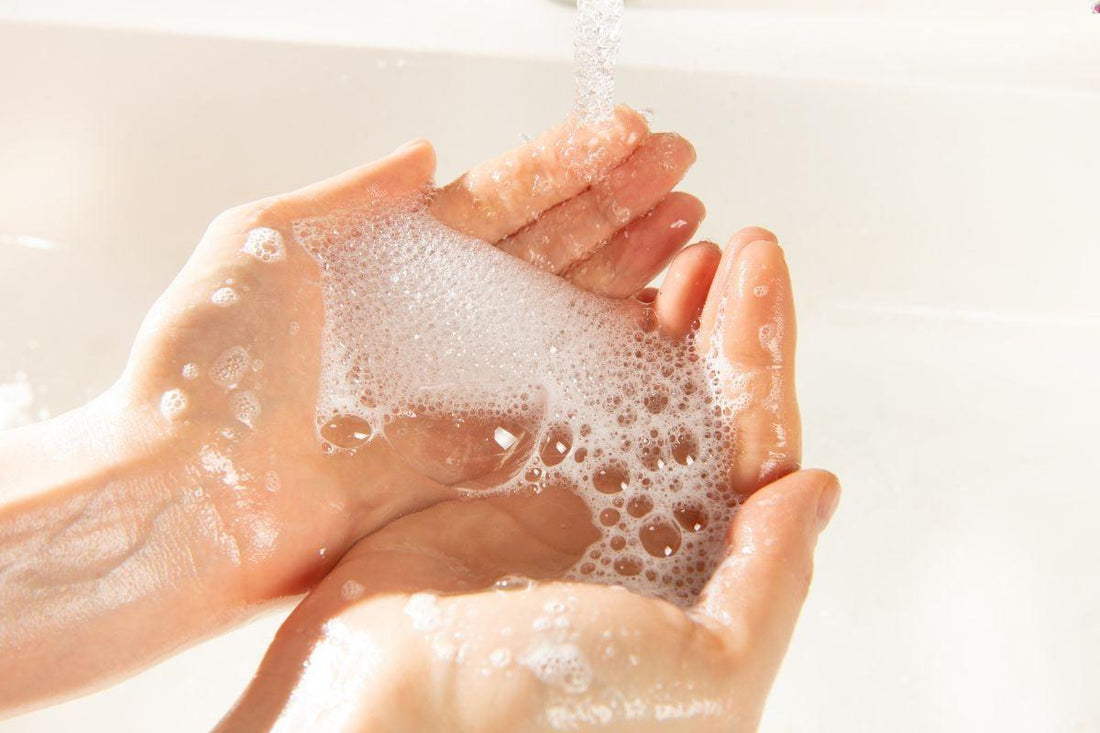
Is solid soap better than liquid?
Share
When it comes to soap, there are two main forms: liquid soap and bar soap. Both types have their own properties and uses.
Liquid soap
Liquid soap is popular for its convenience and ease of use. It is usually packaged in pump bottles or bottles with dispensing taps, making it practical in the bathroom and kitchen. Disadvantages of liquid soap include:
-
Environmental impact : Liquid soap typically requires more packaging material than solid soap, which can increase the amount of waste and the burden on the environment.
-
Chemical additives : Some liquid soaps may contain artificial colors, fragrances, and other chemical additives that can irritate sensitive skin.
-
Cost : Liquid soap tends to be more expensive per use compared to solid soap due to its packaging and manufacturing process.
Solid soap
Solid soap is made by saponifying oils and fats with lye and then pouring the mixture into molds to solidify. This method has been used for centuries and results in a hard, solid soap that is often more concentrated than its liquid counterpart. Advantages of solid soap include:
-
Economical : Solid soap can be more economical because it lasts longer than liquid soap.
-
Environmentally friendly : The production of bar soap generates less waste and requires less packaging material, reducing its environmental impact.
-
Natural Ingredients : Solid natural handmade soaps often contain natural ingredients that are gentle on the skin and retain natural glycerin which is beneficial for skin moisture.
In conclusion, the choice between liquid soap and bar soap is a matter of personal preference and needs. Liquid soap offers convenience, while bar soap can be more economical, environmentally friendly, and contain natural ingredients that promote skin health. Which type you choose depends on what works best for you and your skin care routine.
